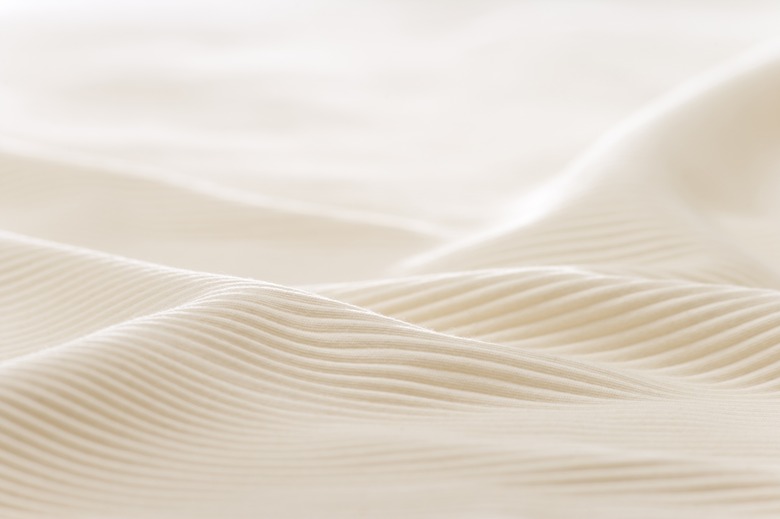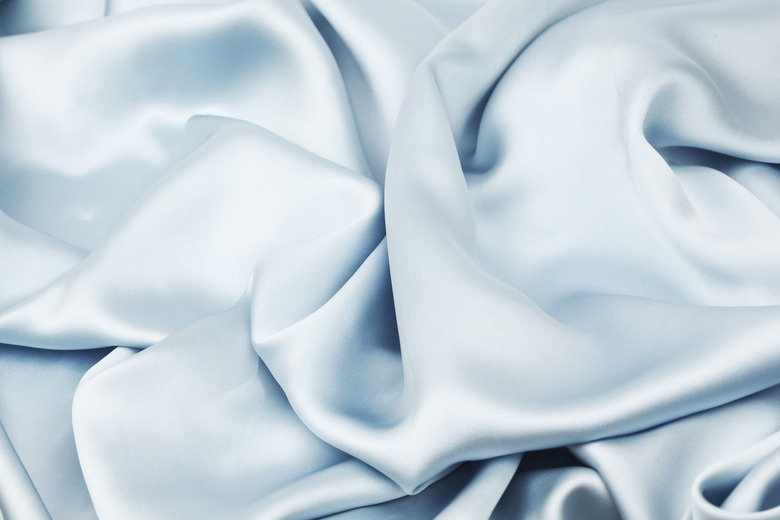The Difference Between Cotton And Cotton Sateen
Sateen — a term that defines the type of weave in fabric — has a softer, silkier feel as compared to cotton sheets made from a plain or standard weave. But, while sateen sheets may feel softer to the touch, they don't have the lifespan that plain weaves offer. When you're buying sheets, look at the type of cotton, thread count, the fabric weave, and ultimately, what feels best against your skin.
Types of Cotton
Types of Cotton
Cotton bed sheets are made from five types of cotton: Sea-Island, Asiatic, Pima, Upland and Egyptian. Grown in warm climates around the world, their differences include the fineness of the fibers, softness and length. Extra-long staple cotton — Gossypium barbadense, grown in Egypt — produces cotton blossoms at least 1 3/8 inch in length or longer with the finest and softest fibers. In bed sheets, the cotton's type, the fabric's number of threads per square inch and the weave determine the differences between low- and high-end cotton sheets.
Common Cotton Weaves
Common Cotton Weaves
The weave of the cotton fabric affects how the sheets feel against your skin. After the creation of the cotton yarns, the manufacturer uses one of several weaves to construct the fabric for sheets. Inexpensive plain weaves have an equal number of horizontal and vertical yarns that results in a slightly rougher feel. The percale weave, an upscale smoother version of the plain weave with more threads, must have 180 threads per square inch or higher. In a sateen weave, you'll find more vertical yarns than horizontal ones, which gives the fabric its smoothness when compared to percale weave's crisp coolness or plain weave's coarseness, the weave used in cotton canvas fabrics.
Weave Lifespan
Weave Lifespan
While sateen sheets may feel smoother and silkier to the touch, the weave contributes to other problems: Sateen weaves tend to pill, wear faster, tear easier, and don't have the durability or lifespan of percale or plain-weave sheets. And plain- and percale-weave sheets get softer with age, wear and washing. Genuine Egyptian cotton produces a considerably softer product over other cotton types, and you can buy it in a percale or sateen weave.
Thread Counts
Thread Counts
Thread counts also play a part in the sheet's texture. Sheets with higher thread counts have thinner threads and more threads in a square inch of fabric. But higher thread counts may not be accurate, especially when the package labels it as "two-ply cotton." Some manufacturers cheat by multiplying the amount of threads per square inch by adding a second thread. For example, one-ply threads represent single strands, but two-ply threads have two yarns twisted together, resulting in higher thread counts, but not necessarily more softness.




